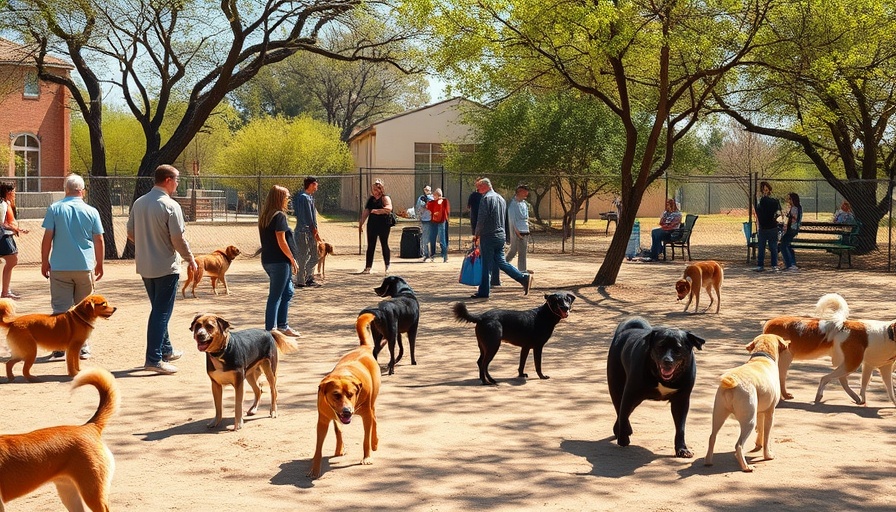
Understanding the Risks: Should Your Puppy Visit Dog Parks Pre-Vaccination?
Dog parks can be a fantastic resource for socializing and exercising your furry friend, but for puppy owners, it’s essential to tread carefully, especially before your pup is fully vaccinated. The question arises: how safe is it to expose your puppy to the delightful chaos of a dog park, and at what age should they start mingling with other dogs?
The Importance of Vaccination
Most veterinarians recommend waiting until your puppy has completed their vaccination series before visiting dog parks—usually around 16 weeks old. Vaccinations protect against serious contagious diseases like parvovirus, distemper, and kennel cough, which can easily spread in environments where many dogs gather. A puppy's immune system is still developing, and exposing them to unvaccinated dogs poses significant health risks.
Alternatives to Dog Parks for Young Puppies
While dog parks offer an opportunity for exercise and socialization, there are safer options for younger puppies. Introductory socialization can take place in controlled environments, like puppy classes where supervised playtime is emphasized. One-on-one playdates with healthy, vaccinated dogs can also serve as a great alternative. This ensures a safer, more manageable environment for your puppy to learn appropriate behaviors without overwhelming them.
When Is It Safe for Puppies to Go to a Dog Park?
While some experts, including dog trainers, suggest avoiding dog parks altogether for puppies, others recommend waiting until they are at least 6 to 8 months old. This waiting period allows time for proper socialization in safer settings and helps puppies develop social skills and resilience in handling varied dog behaviors. It’s important to remember that early negative experiences can lead to fear and anxiety around other dogs later in life.
Key Considerations for First-Time Dog Park Visitors
If you decide to take your well-vaccinated puppy to the dog park, keep in mind several vital safety tips:
- Know the Park Rules: Familiarize yourself with the specific dog park rules, including vaccination requirements, to ensure a safe visit.
- Observe Body Language: Pay attention to your pup’s behavior and that of other dogs. Encouraging positive interactions while withdrawing from negative ones is essential.
- Limit Visits: Avoid prolonged visits, especially during peak times when larger crowds can create a more stressful environment for your puppy.
Why Avoiding Dog Parks Might Be Best
Despite their attractiveness for socialization, many trainers caution against using dog parks until your pet is fully matured. With the potential for aggressive behavior, the risk of illness, and the chaotic atmosphere, dog parks might create more harm than good for puppies not ready for such environments. For a positive, healthy experience, focus on fostering your dog’s social skills in safe, monitored situations.
Conclusion: Safeguarding Your Puppy’s Health and Happiness
As a responsible dog owner, the health and happiness of your puppy should always come first. For now, consider waiting until your puppy is fully vaccinated and older before introducing them to the stimulating environment of dog parks. In the meantime, nurture their social development through puppy classes or safe playdates, ensuring that they grow into a well-adjusted furry companion. As you navigate these early stages, always consult with your veterinary care team for personalized advice tailored to your pup's needs.
 Add Row
Add Row  Add
Add 




Write A Comment